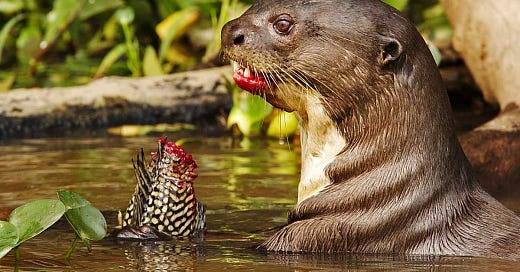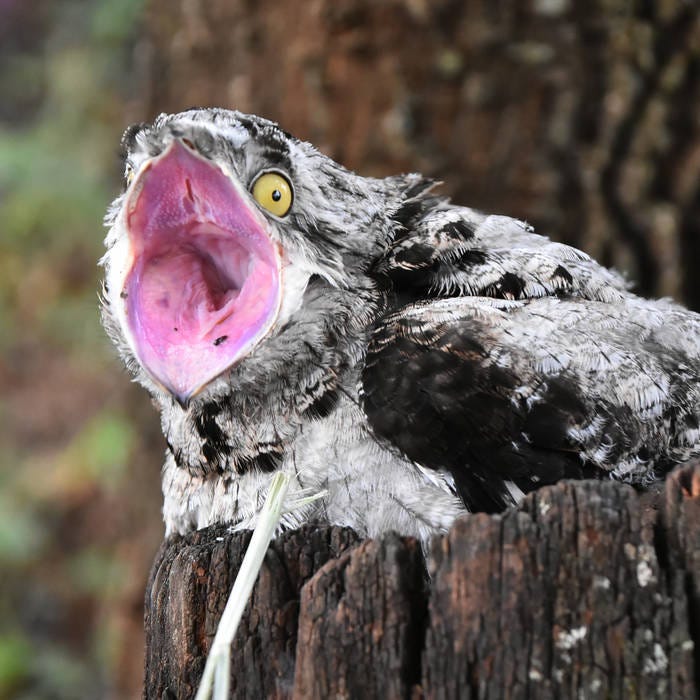Unseen Universe: Exploring Colombia's Sonic World
🎙️ Bioacoustics and natural soundscapes in Colombia - with the Humboldt Institute Sound Collection
This week, we are on a sonic tour of Colombia with the Humboldt Institute’s Natural Sound Collection - exploring the magic (and the importance) of soundscapes and animal communication.
+ available on Apple and wherever else you get your podcasts!
Not only are we going to be hearing about this amazing project, we are going to be listening to some of the strangest and most noteworthy sounds from the collection and exploring what they tell us about Colombia’s natural environments and those who inhabit them.
On the podcast, we’ll get to hear a giant otter’s bark, the snore of a fish, a frog cocktail party, and mosquito love songs - plus some bizarre and beautiful birds, along with a few other Colombian nature noises.
This soundbank – known as the Mauricio Álvarez Rebolledo sound collection is the second largest repository of natural sounds in Latin America, with more than 24,000 audio recordings - of 20 species of mammals, 1064 birds, 131 amphibians, 17 insects, and ambient recordings of Colombia’s innumerable ecosystems.
It has been built sound by sound since the 1990s, providing a crucial resource on a vastly underrated dimension of Colombia’s biodiversity, and ecology more generally.
We’ll be digging into its evolution, from one man in the wilds of Colombia wielding a tape recorder through to the high-tech solutions – including of course artificial intelligence – being applied to the collection and the discipline more widely today. This sound bank is open to everyone - I’ll be sharing the links, so you can explore it for yourselves too.
I spoke to the Curator, Hoover Pantoja – expert in bioacoustics, technological development, and innovation – and Curator of Birds, Gustavo Bravo, evolutionary ornithologist and expert in the systematics, ecology, and evolution of Neotropical birds.
We are going to be journeying through the unseen universe of natural sound – sounds we often don’t or even can’t hear, discussing which animals evolved to make and hear sounds - and why, and how sound can be used to understand evolution and measure the health of ecosystems.
In the next hour, we’ll travel across Colombia from the Amazon to the Eastern Plains and beyond – with an unplanned (but somewhat inevitable) detour through central Medellín…





